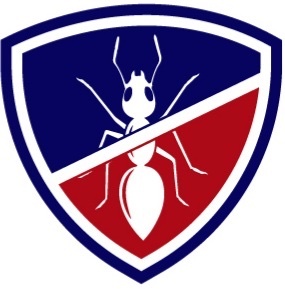News
A brief history of the UK pest control industry

The pest control industry in the UK has undergone significant changes since World War II. Prior to the war, pest control was largely done on an ad-hoc basis by homeowners and businesses using a variety of methods, some of which were highly dangerous and ineffective.
Following the war, the government recognised the importance of effective pest control in promoting public health and safety, and began to take a more active role in regulating the industry. The National Association of Pest Controllers (now the British Pest Control Association) was established in 1942 to promote higher standards of professionalism and to provide a unified voice for the industry.
Throughout the post-war years, pest control methods continued to evolve. In the 1950s and 60s, the widespread use of pesticides such as DDT and Lindane led to dramatic reductions in pest populations, but also raised concerns about the environmental impact of these chemicals. In response, the industry began to focus more on integrated pest management (IPM) techniques, which use a combination of methods to control pests while minimising the use of pesticides.
In recent years, the industry has faced new challenges posed by the rise of global travel and the increasing threat of invasive species. The industry has responded by developing new strategies for early detection and rapid response to prevent the spread of these pests. Overall, the British pest control industry has evolved into a highly professional and regulated field, with a strong focus on balancing effective pest management with environmental responsibility.


